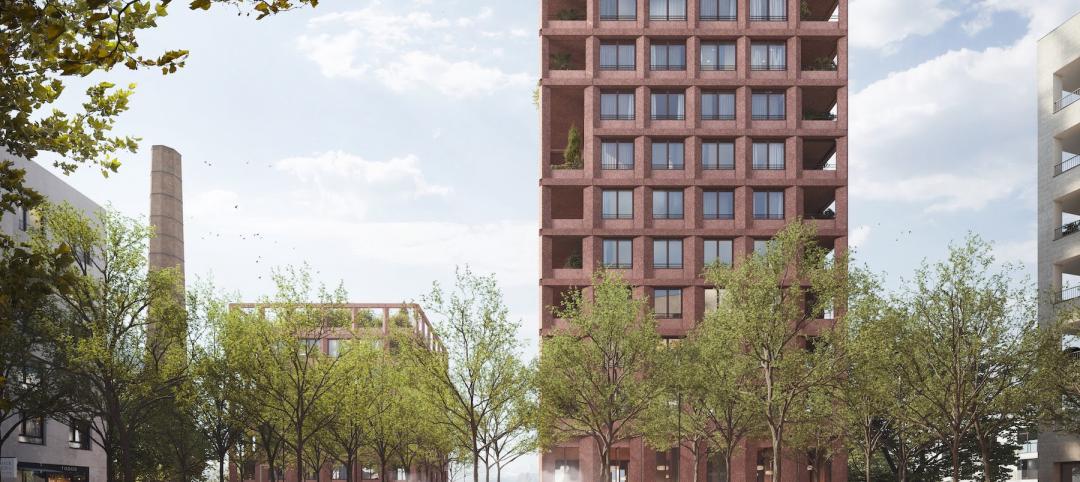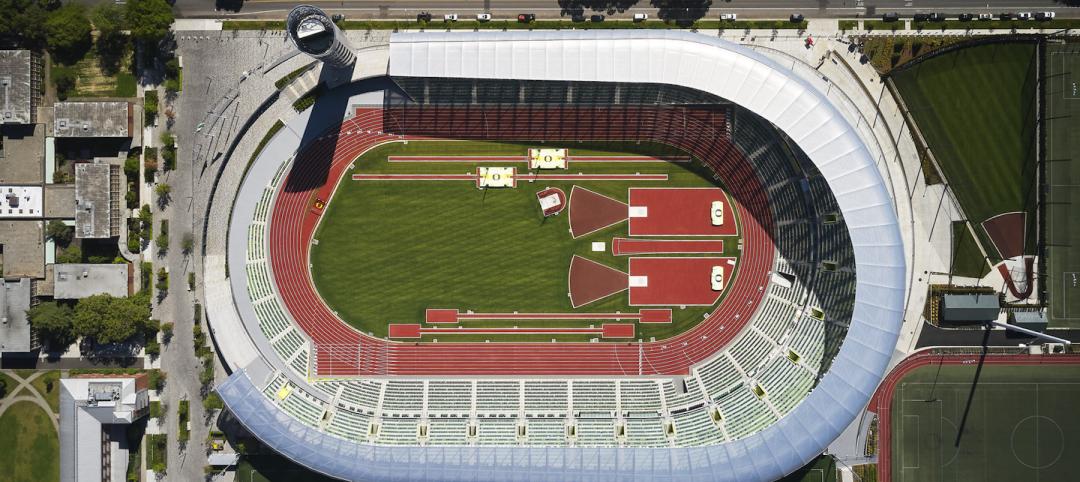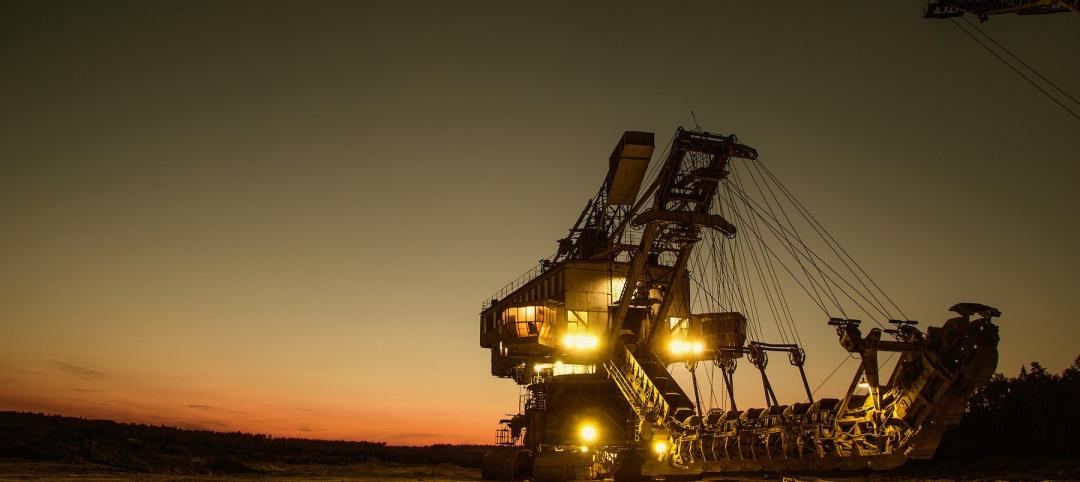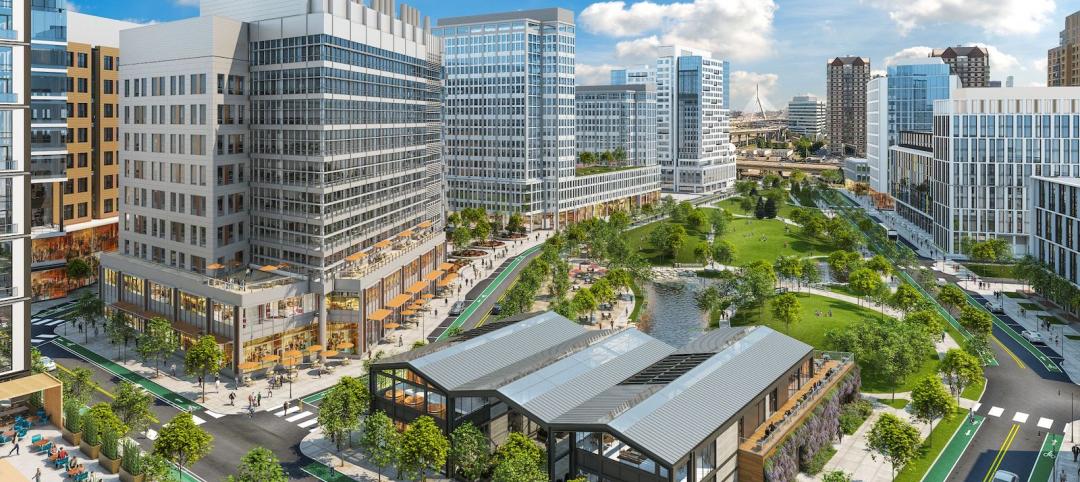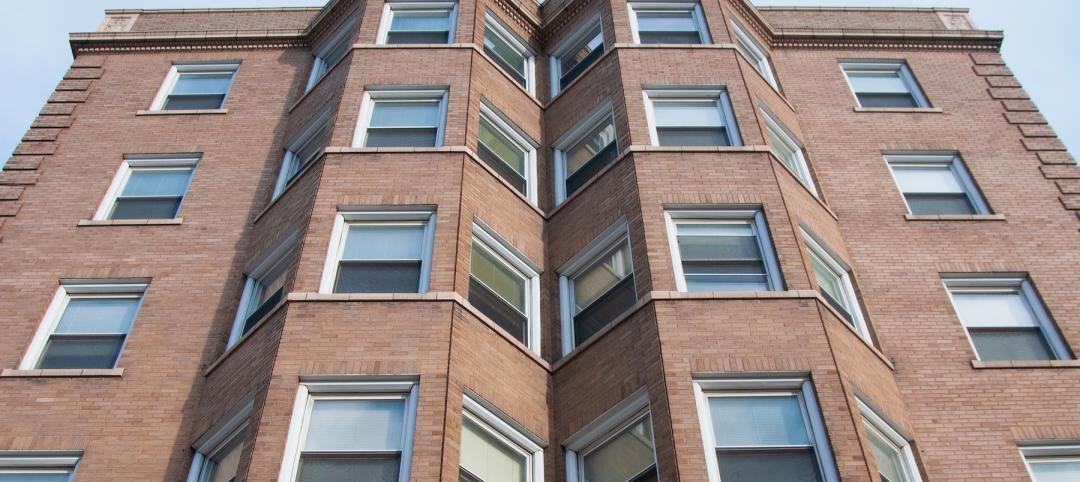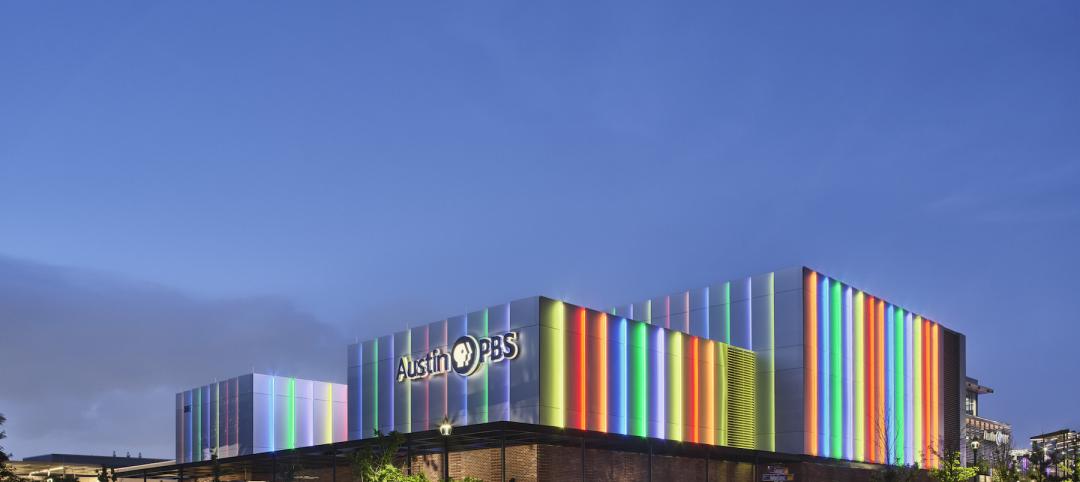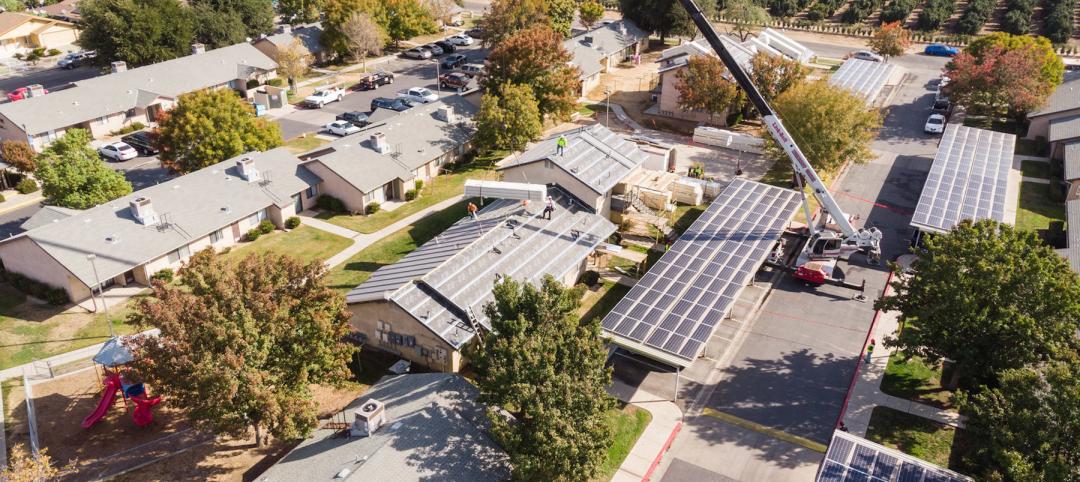On zero-energy cities: The idea of a zero-energy city is a subject I’ve been interested in most of my career, working in indigenous areas like Guatemala and the Middle East, looking for clues about the design of buildings in their cultural and historical fabric. For the last four years, we’ve been looking at how to relate buildings to the natural forces that are available to us—geothermal, wind, solar, building orientation, and so on.
Sears Tower as guidepost: In 2005, while Gordon Gill and I were still at SOM, we started to look at the need to not only reduce buildings’ reliance on energy, but also to absorb the energy and use the latent environment to its greatest advantage. The Sears Tower [now Willis Tower] has 10,000 panes of single-glaze glass, and each creates as much carbon as one SUV. So we looked into completely replacing the exterior wall, redoing the insulation panels, updating the mechanical systems, reducing the amount of artificial light in the inner space, using dimmer systems, greening the nine roofs, using solar provide hot water, and so on. The potential savings would be 68 million kWh a year, which translates to five million fewer miles of driving, or electricity for 2,500 homes. We concluded that we could save 80% of the base energy of the building and 50% of the tenant energy use for the building.
Decarbonizing Chicago: The Sears Tower got us thinking about the 2030 Challenge, the BOMA 7-Point Challenge, and the Chicago Climate Action Plan: What would happen if we analyzed Chicago’s Loop to meet those goals? Over the last year, our firm has conducted an extensive study, a Chicago Central Area Decarbonization Plan, to see what it would take to get a carbon-free environment by 2030. We looked at a 460-acre section of the Loop that represents 9% of the city’s emissions, 3.9 million tons of CO2e a year, to see how to get an 80% reduction by 2020 and eliminate 3.2 million tons of CO2e a year.
By taking every building in the study area, all 550, and applying what we did in the Sears Tower, you get about one-third of the way toward the 2030 Challenge. Then, if you change the “urban matrix” of the buildings in the Loop from essentially 100% office use to 50% office and 50% residential, that gets you two-thirds of the way there. And through means like smart infrastructure, increased pedestrian traffic, district cooling, reducing energy in water and waste, and community education—when you do all that, you still have about 20% of the way to go, and that 20% has to come from renewable power sources to achieve a total reduction of carbon.
New technology, new philosophy: The old technology, old philosophy is having a central power plant and transmitting the power from the central plant to each building in the city. The problem is that you’re only 40-50% efficient at the source, and you’re losing 30% more in transmission, so you’re throwing away 70-80% of the power. Using new technology with wind and solar farms still relies on transmitting energy to the city. The new technology, new philosophy is to make as much power on the site as possible. Then you can shave the peak period for all users and reduce the total number of power plants. And you don’t need the grid: every building becomes a power source.
QUESTIONS FROM THE IIT AUDIENCE
Does your plan use projections of future improvements in technology?
ADS: The Chicago decarbonization plan uses existing technology; we don’t rely on technology that doesn’t exist. As people hear about what we’re doing, new technology will become part of our daily lives. We don’t know if some of those things will work, so you can’t rely on unknown technology in the future.
What about the embodied energy of materials?
ADS: The best way you can save energy is to take something old and renew it. You have to tackle it building by building, district by district. The study showed that for $65 a square foot you could bring these buildings up to state of the art, vs. $250 a square foot to replace them.
How will you store energy for when it’s actually needed?
ADS: You have to have storage facilities to store that power, whether that’s a battery or limestone caves. This is a key area of investigation, and it’s going to take a clever solution to do this on an economical basis.
How likely is it that your plan could be implemented?
ADS: That’s a big question mark. In New York City, building owners have to do some of the things we’re talking about. This is a seed. You throw it out there.
Would the residential units be too expensive for low-income groups?
ADS: In the Loop, retrofitting the pre-1950s buildings could give you opportunity to do that, where units would be cost accessible. In the ’80s, we took a lot of abandoned manufacturing buildings and converted them into residential lofts that were quite affordable.
How do you counteract the public’s reaction to high density?
ADS: People don’t want their views blocked, and that’s where a master plan comes in, and zoning densities. Wacker’s “Manual of the Plan of Chicago” was used for 15 years after the Burnham Plan of 1909, to teach every public school student what the plan meant. We’re proposing a similar manual that creates strategies for a carbon-free environment.
Related Stories
Building Team | Jul 18, 2022
Understanding the growing design-build market
FMI’s new analysis of the design-build market forecast for the next fives years shows that this delivery method will continue to grow, despite challenges from the COVID-19 pandemic.
Mixed-Use | Jul 18, 2022
Mixed-use development outside Prague uses a material made from leftover bricks
Outside Prague, the Sugar Factory, a mixed-used residential development with public space, marks the largest project to use the sustainable material Rebetong.
Building Team | Jul 15, 2022
ABC: Construction materials prices increased in June, up 20% from a year ago
Construction input prices increased 1.9% in June compared to the previous month, according to an Associated Builders and Contractors analysis of U.S. Bureau of Labor Statistics’ Producer Price Index data released today.
Arenas | Jul 15, 2022
U. of Oregon renovation aims for ‘finest track and field facility in the world’
The renovation of the University of Oregon’s Hayward Field had the goal of creating the “finest track and field facility in the world.”
Building Team | Jul 14, 2022
ABC’s construction backlog inches lower in June; Contractor confidence falters
Associated Builders and Contractors reports today that its Construction Backlog Indicator fell 0.1 months in June and stands at 8.9 months, according to an ABC member survey conducted June 21 to July 5.
Sustainable Development | Jul 14, 2022
Designing for climate change and inclusion, with CBT Architects' Kishore Varanasi and Devanshi Purohit
Climate change is having a dramatic impact on urban design, in terms of planning, materials, occupant use, location, and the long-term effect of buildings on the environment. Joining BD+C's John Caulfield to discuss this topic are two experts from the Boston-based CBT Architects: Kishore Varanasi, a Principal and director of urban design; and Devanshi Purohit, an Associate Principal.
Multifamily Housing | Jul 14, 2022
Multifamily rents rise again in June, Yardi Matrix reports
Average U.S. multifamily rents rose another $19 in June to edge over $1,700 for the first time ever, according to the latest Yardi® Matrix Multifamily Report.
Building Team | Jul 14, 2022
Austin PBS gets a new state-of-the-art facility with three studios
Since the 1970s, Austin PBS, birthplace of the Austin City Limits TV series, has been based inside the communications building on the University of Texas campus—a space it has long outgrown.
Building Team | Jul 13, 2022
The YIMBY movement emerges as valuable advocate for affordable housing
Over the past few decades, developers grew accustomed to nothing but staunch opposition to dense affordable housing project proposals.
Energy | Jul 13, 2022
Electrification of buildings, new and old, furthers environmental responsibility and equity
It’s almost a cliché in our industry, but nonetheless: The greenest building is the one that is already built.




